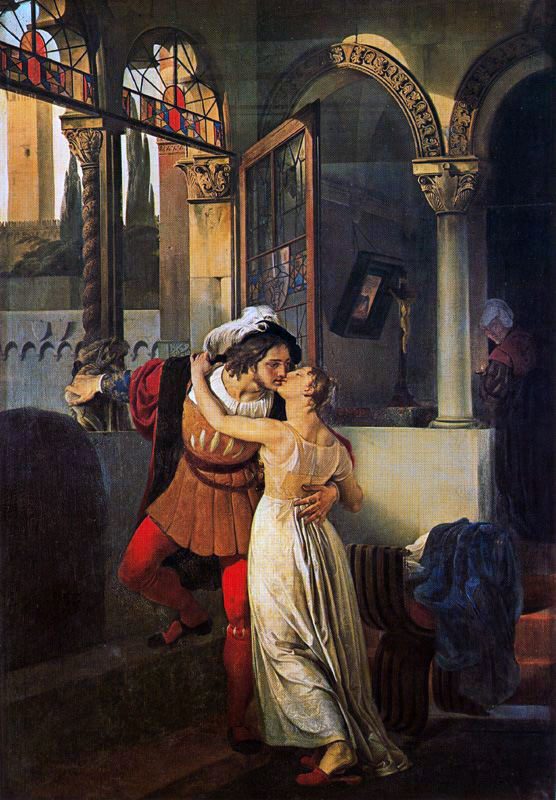A dilemma that writers of historical fiction often face is balancing the mores of the historical era with today’s mores. This is especially true if there are romantic elements in the story. A novelist strives to be historically accurate, but what if aspects of the era offend the sensibilities of today’s readers?
An author friend and I recently discussed this regarding the age of lovers in romance novels set in a previous era. Neither of us promotes underage sexual relationships. However, earlier periods in world history often involve young women engaging in sexual activity or marriage years before the modern legal age of consent. This can be offensive to a contemporary reader. Case in point: Shakespeare’s Romeo and Juliet. Yes, statutory by today’s laws, but not in Italy’s fourteenth century.
Similarly, marriage for a woman as young as thirteen or fourteen can be found as late as the nineteenth century in the U.S., particularly on the Frontier, in the South, and in rural areas, frequently to a man several years older. Such marriages were legal. (Daughters of wealthy families tended to marry later than their counterparts.) It appears that the farther one travels back in history, the younger the women are when marrying. Perhaps the shorter average lifespans experienced by our distant and not-so-distant ancestors influenced this.
As an author, I lean towards historical accuracy. Still, I can certainly understand when my author friend said she advances the age of her female protagonist/heroine in her historical romance novels to not trouble her readers. I wonder what Shakespeare would think about that.
(Image is an oil on canvas by Francesco Hayez, 1823)


